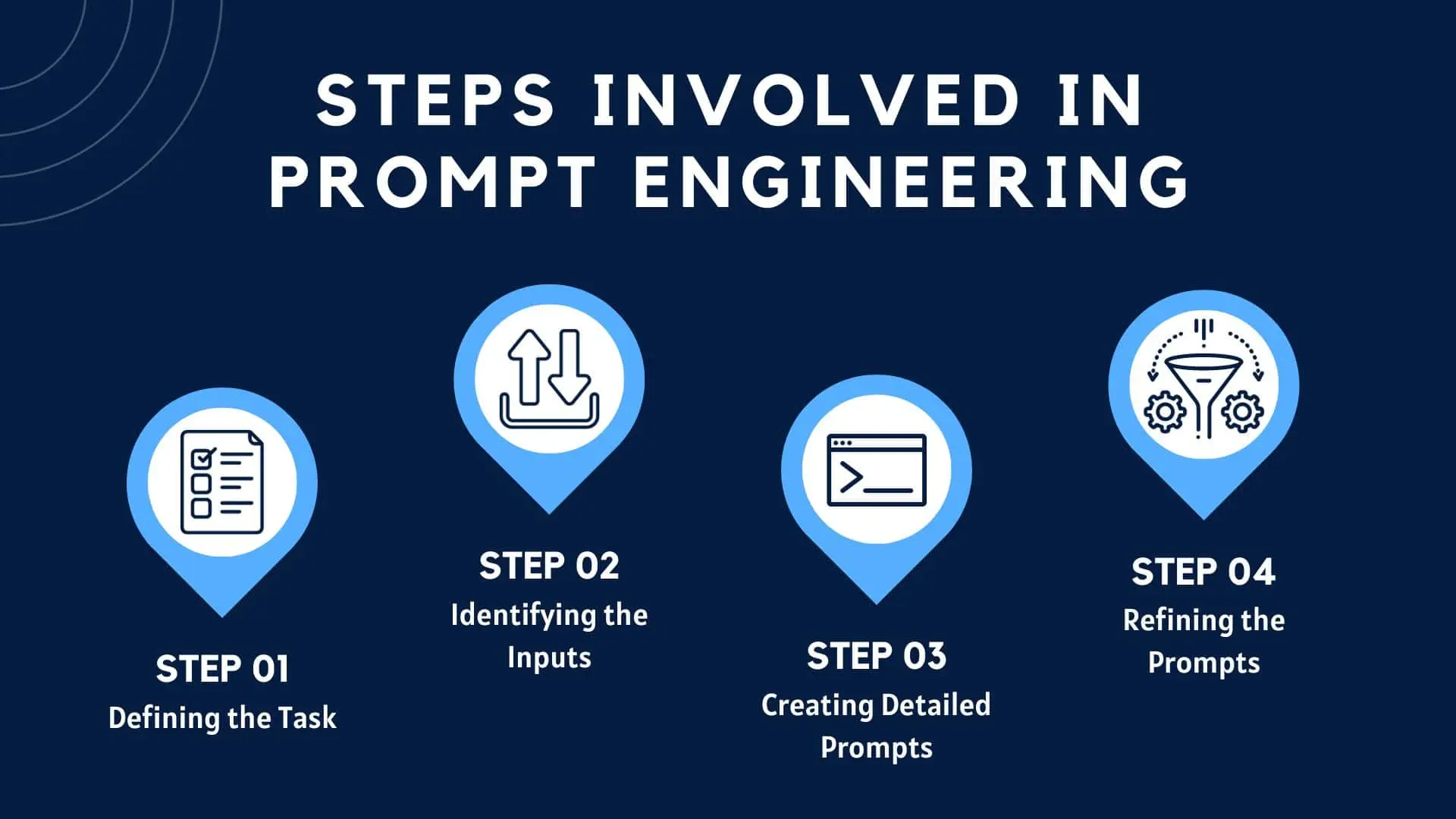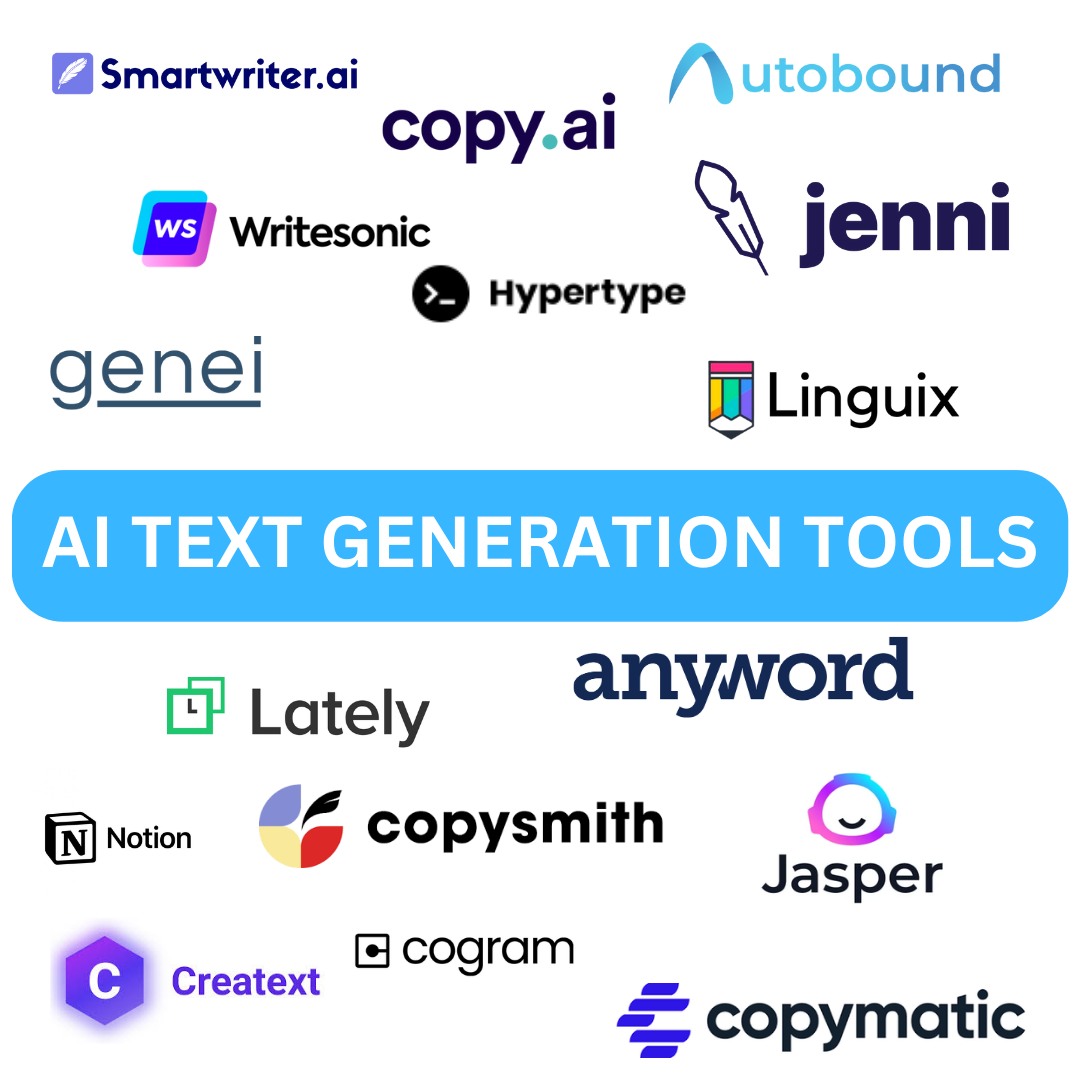Generative AI is transforming content marketing. From blog posts to email campaigns, AI tools can help marketers create copy faster and more efficiently. But there’s a catch: the quality of your AI output depends almost entirely on the prompts you provide. A vague or poorly structured prompt can lead to inconsistent, off-brand content that wastes time instead of saving it.
This guide will teach you the fundamentals of prompt engineering, helping you craft effective prompts that consistently produce on-brand content, whether you’re writing social media posts, website copy, or email campaigns.
What is Prompt Engineering?
Prompt engineering is the practice of designing inputs—or prompts—for AI tools to generate precise, useful outputs. For marketers, it’s less about coding and more about clear communication: giving AI enough context and direction to produce content that aligns with your brand voice, tone, and objectives.
For example:
- Vague prompt: “Write a blog about email marketing.”
- Well-engineered prompt: “Write a 600-word blog post on email marketing for B2B SaaS companies, focusing on personalization strategies. Use a professional, approachable tone and include at least three actionable tips.”
The difference is night and day. The second prompt gives context, audience details, desired length, tone, and structure, which helps the AI generate content you can use with minimal editing.
Why marketers need prompt engineering:
- Ensures content aligns with brand voice
- Reduces time spent editing AI outputs
- Increases content consistency across channels
- Improves ROI on AI content tools

Key Principles of Effective Prompt Engineering
To get the most out of AI tools, marketers should follow these core principles:
- Clarity – Be explicit about what you want, including tone, style, audience, and format.
- Context – Provide background information or examples to guide the AI.
- Constraints – Define limits such as word count, structure, or style to keep outputs consistent.
- Iterative Refinement – Test, tweak, and improve prompts based on results.
By following these principles, you can significantly reduce wasted effort and ensure AI-generated content is aligned with your marketing goals.
Prompt Engineering Strategies for Content Marketers
Here are actionable strategies you can start using today:
1. Start With a Goal
Define the objective of your content before writing your prompt. Are you creating a blog post, a LinkedIn update, an email, or a product description? Your prompt should clearly state the intended output.
2. Audience-Centric Prompts
Include audience persona details, pain points, and preferences. For example:
“Write a LinkedIn post targeting marketing managers at mid-sized SaaS companies, highlighting the benefits of AI-powered analytics in campaign optimization.”
3. Specify Tone and Style
Your brand voice matters. Whether your tone is professional, friendly, witty, or authoritative, make it clear in your prompt to avoid generic outputs.
4. Provide Examples
Give the AI examples of successful content. For instance, link to or describe previous posts or blogs that represent the style you want.
5. Use Templates
Create reusable prompt templates for recurring content types. Examples:
- Blog posts: Include word count, section headers, key points, CTA.
- Social media: Specify character limit, hashtags, emojis, tone.
- Emails: Define subject line, body length, personalization cues.
Sample Prompt Template:
“Write a 500-word blog post for [audience] on [topic]. Include three actionable tips and a call-to-action. Use a [tone] tone and [style] formatting.”

Common Prompt Mistakes to Avoid
Even experienced marketers can make mistakes with AI prompts. Avoid these pitfalls:
- Using vague language or assuming the AI will infer context
- Overloading prompts with too many instructions
- Ignoring iterative testing and refinement
- Failing to align output with brand voice
By addressing these common errors, you’ll save time and improve the consistency of your AI-generated content.
Measuring Prompt Success
Effective prompt engineering doesn’t stop at writing. You need to measure success:
- Content alignment: Does the output match your brand voice and style?
- Engagement metrics: How well does the content perform with your audience?
- Efficiency gains: Are you spending less time editing AI outputs?
Iterate on your prompts using these metrics. Small adjustments can dramatically improve output quality over time.

Tools and Resources
Several AI writing tools are well-suited for marketers:
- ChatGPT – Versatile tool for blogs, emails, social posts
- Jasper – AI content generation with templates and workflows
- Writesonic – Great for social media, ads, and web content
- Copy.ai – Fast generation for marketing copy and product descriptions
Learning Resources:
- Blogs and guides on AI content creation
- Online courses focused on AI writing tools
- Community forums and workshops on prompt engineering
Conclusion & Takeaways
Prompt engineering is a skill every modern marketer should master. By crafting clear, context-rich, and iterative prompts, you can consistently generate on-brand content, reduce editing time, and maximize the ROI of AI tools.
Actionable steps:
- Start small and iterate on your prompts
- Document successful prompts for repeat use
- Always measure outputs against your brand standards
Ready to supercharge your content marketing with AI? Contact Bluetext to learn how our team can help you implement AI-driven content strategies, including expert prompt engineering support.




